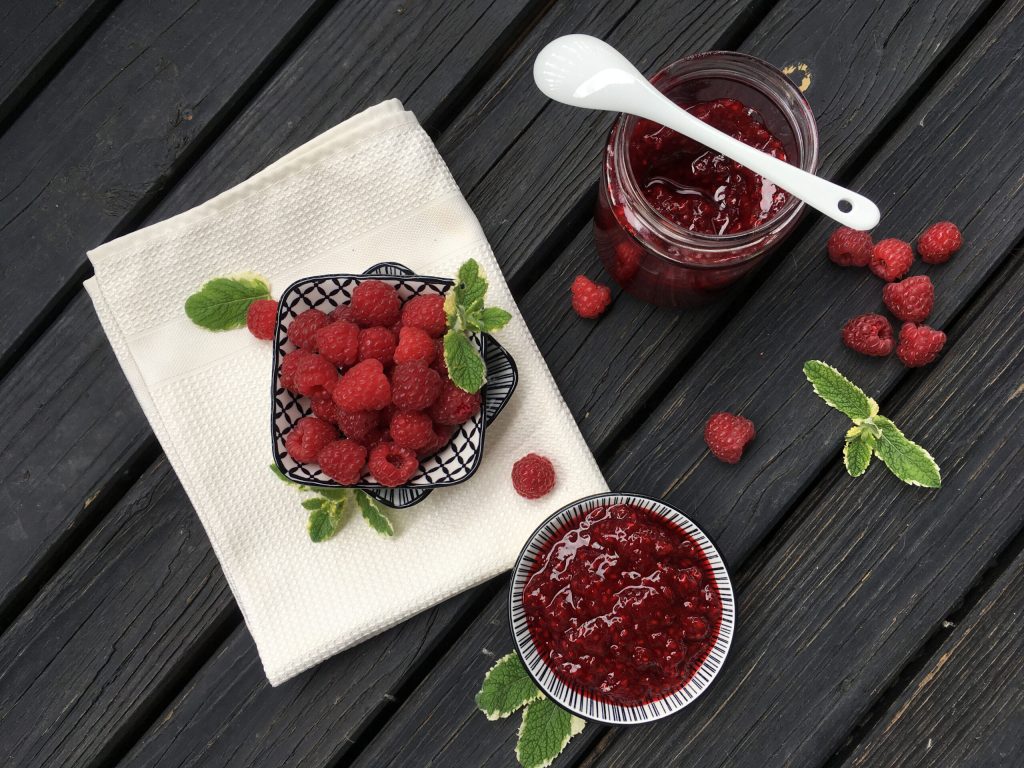
Social media is becoming more and more important. That's why it's one thing to conjure up great dishes, another to stage them perfectly for social media.
Without a reflex camera or specialist knowledge. Our cell phones can do more than we think! Including the best apps for mobile photo editing.
A successful picture depends on the right light. If you don't have a suitable light source in your premises - then place your plate/dish near a window, for example, and use the natural light source.
A bird's-eye view is an angle that never deceives. To do this, take a photo from above so that your plate or the entire dish appears in all its glory. If you want to show a side view, make sure that there is nothing in the background that distracts from the dish.
A neutral and natural background will make your food stand out. It can also be something simple like a wooden board, cloth or paper. But tiles also make a great background.
Sometimes less is more! Overloaded plates never look as appealing as plates on which the main ingredients are in the foreground.
This can give the photo that certain something. Fresh ingredients such as crisp lettuce leaves, colorful tomatoes, but also a beautiful napkin or fine cutlery give a food picture more glamour.
There are numerous apps for image editing. A little more contrast, saturation, sharpness - these are all edits that make you want to cook even more.
So grab your cell phone - let's go!

At first glance, Mind Set Win looks like a sports book—but it is actually a real coaching tool for anyone working in high-stress industries. Whether you’re a chef, hotel manager, or project manager, this book is all about concentration, self-management, and mental endurance.
The variety of perspectives is fascinating: from Max Verstappen to Lindsey Vonn, top athletes talk openly about pressure, failure, and mental routines. The accompanying exercises are suitable for everyday use, well-founded, and developed by professionals in psychology and coaching.
Particularly valuable are the chapters on focus and flow—a topic that is especially relevant in the hospitality world, where guest requests, team leadership, and self-motivation are daily concerns.
INFO
Mind Set Win—The mental techniques of top athletes and how we can use them for ourselves
Publisher: Benevento
240 pages
ISBN: 978-3-7109-0209-3
Price: €30.00 / CHF 40.90
It doesn’t take much to bring people together – sometimes all you need is tomatoes, pasta, and a pinch of history. In Pasta al Pomodoro, author Ilse Fischer focuses on a classic dish that is much more than just noodles with sauce: it is a symbol of community, memory, and flavor in its purest form.
The idea came about when Fischer tasted three-star chef Niko Romito’s signature dish, “Spaghetti e Pomodoro” – simple, clear, and yet stunningly deep. “Few ingredients, simple preparation, unique taste,” she recalls. And this experience became the starting point for a project that combines culinary art, emotion, and culture.
In 55 variations, she shows how differently and yet how closely connected this classic dish can be interpreted—from Italian nonnas to culinary greats such as Heinz Reitbauer, Andreas Caminada, Johann Lafer, Norbert Niederkofler, Rudi Obauer, and Tina Marcelli. Even artists and actors such as Philipp Hochmair and Walter Grüll contribute their personal versions.
INFO
Pasta al Pomodoro – 55 variations on the Italian classic
Author: Ilse Fischer
Photography: Ingolf Hatz
Foreword: Placido Domingo
Publisher: Christian Verlag GmbH
Length: 208 pages
ISBN: 978-3-95961-958-5
Price: €30.90 (D/A)
When Mediterranean lightness meets Andalusian temperament, the result is a menu that is more than just an arrangement of courses: it becomes a narrative about origins, freedom, and the longing for new perspectives. In December 2025, two-star chef Álvaro Salazar from VORO in Mallorca will take over as guest chef of the month at Restaurant Ikarus – and take Salzburg on a sensory journey between Andalusia and the Balearic Islands.


Without a reflex camera or specialist knowledge. Our cell phones can do more than we think! Including the best apps for mobile photo editing.